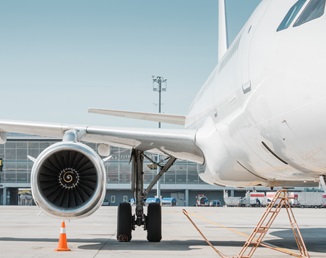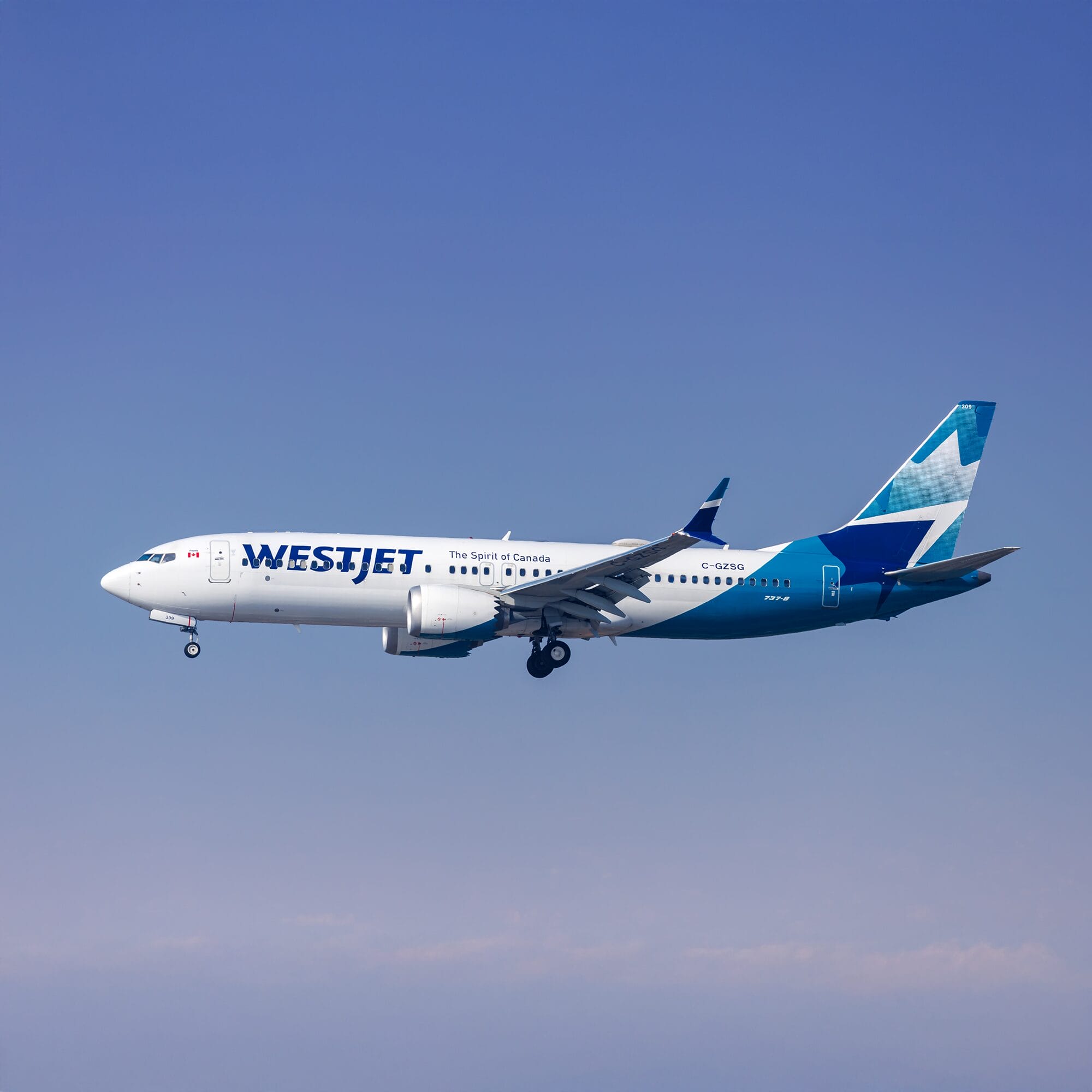
Thought Cloud
Data analyses, aviation insights, and research curated by Cirium’s experts, Ascend consultancy and data teams.
-
 READ ARTICLE: Cirium’s aviation data to power Perk’s next-gen flight emissions tracking for corporate travel
READ ARTICLE: Cirium’s aviation data to power Perk’s next-gen flight emissions tracking for corporate travelCirium’s aviation data to power Perk’s next-gen flight emissions tracking for corporate travel
Cirium, the global leader in aviation analytics, has announced a major step forward in sustainable travel, as it signs a…
-
 READ ARTICLE: EMS: From Growth to Renewal, Navigating the Next Decade
READ ARTICLE: EMS: From Growth to Renewal, Navigating the Next DecadeEMS: From Growth to Renewal, Navigating the Next Decade
Emergency Medical Services (EMS) helicopters have become a critical component of healthcare in many high-income countries. Sara Dhariwal evaluates the…
-
 READ ARTICLE: My top 10 predictions for how GenAI will reshape aviation
READ ARTICLE: My top 10 predictions for how GenAI will reshape aviationMy top 10 predictions for how GenAI will reshape aviation
GenAI won’t replace domain expertise, and it certainly won’t bend curfews, duty limits, or slot programs, but it will change…
-
 READ ARTICLE: A deep dive into the Middle East aviation market
READ ARTICLE: A deep dive into the Middle East aviation marketA deep dive into the Middle East aviation market
Discover key insights from Cirium’s Middle East Market Briefing, covering fleet growth, traffic recovery, and the 20-year forecast for the region’s aviation…

Stay in the loop – receive new Cirium reports, updates, and analyses
Be the first to know about new complimentary Cirium reports, like the On-Time Performance Report, travel and aviation research, case studies and more.





























































